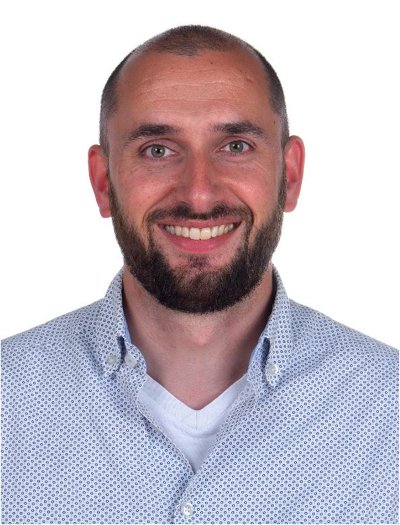The Unattained Power of the Third Dimension in Medical Imaging: Implications for Clinical Practice
Due to the COVID-19 crisis the PhD defence of Rob van Doremalen will take place (partly) online.
The PhD defence can be followed by a live stream.
Rob van Doremalen is a PhD student in the research group Robotics and Mechatronics (RAM). His supervisor is dr.ir. F. van der Heijden from the Faculty of Electrical Engineering, Mathematics and Computer Science (EEMCS).
 Medical imaging is invaluable in diagnostics and treatment of sickness and disease. However, the premise of this thesis is that its value can increase even more by strategically utilizing the third dimension, which is often already available. Majority of medical images are viewed qualitatively in 2D and their full potential is yet unattained. The goal of this thesis is to investigate what the potential clinical value of utilizing the third dimension in medical imaging is and how this can be effectively implemented in hospitals.
Medical imaging is invaluable in diagnostics and treatment of sickness and disease. However, the premise of this thesis is that its value can increase even more by strategically utilizing the third dimension, which is often already available. Majority of medical images are viewed qualitatively in 2D and their full potential is yet unattained. The goal of this thesis is to investigate what the potential clinical value of utilizing the third dimension in medical imaging is and how this can be effectively implemented in hospitals.
A great diversity in medical imaging is available. Medical images can either be slice or projection images. Slice images represent a cross-sectional plane of the body, like CT-scans or ultrasound. Projection images are projections from or through the surface, like standard photography or X-ray. To create three dimensional (3D) images, slice images can be constructed into 3D volumes and projection images can be constructed into or added to 3D surfaces. Additionally, a 3D surface can be constructed from a 3D volume, after an anatomical structure is extracted.
These 3D images can be utilized in roughly three ways: 1) to visualize the body more intuitively, 2) to more accurately measure the anatomical geometry and 3) to model or simulate certain interventions and their outcome. This thesis includes 5 projects, distributed over these three 3D utilizations methods.
- Intuitive visualization: Project 1 (Chapter 2 and 3) describes a 3D thermography method to intuitively visualize the skin temperature of feet. Project 2 (Chapter 4) describes how inadequate resection margins can be visualized after breast conserving surgery on a 3D model of the resected tissue.
- Geometric measurements: Project 3 (Chapter 5) describes a method to accurately measure skin surface of the ear in case of malformations for reconstruction purposes. Project 4 (Chapter 6) presents novel measurements to evaluate placement of knee prosthetics.
- 3D modelling or simulation: Project 5 (Chapter 7 and 8) presents the use of 3D printing to simulate and prepare surgical clavicle fracture repair.
Based on these projects, together with medical expert interviews, the added value of utilizing the third dimension is evaluated, as well as the reason why so little is implemented in daily practise. To effectively implement 3D utilization methods, the added value has to outweigh the investments (time, effort, money and frustration).
As result, three implementation options are proposed to support effective implementation of 3D utilization methods. First, by integrating these methods in user-friendly software, which can be operated by medical specialist. This is ideal for relatively simple methods. Second, when methods become too complex it can be facilitated somewhere else within the hospital. For example, how radiology already facilitates certain measurements. Third, when internal expertise is unavailable, services of companies can often be contracted to facilitate complex methods.
As future-oriented strategy this thesis advises hospitals to invest in 3Dlab-like expertise. This can be within the same hospital, or in collaboration with other hospitals. This strategy facilitates flexibility and promotes technology pull.





